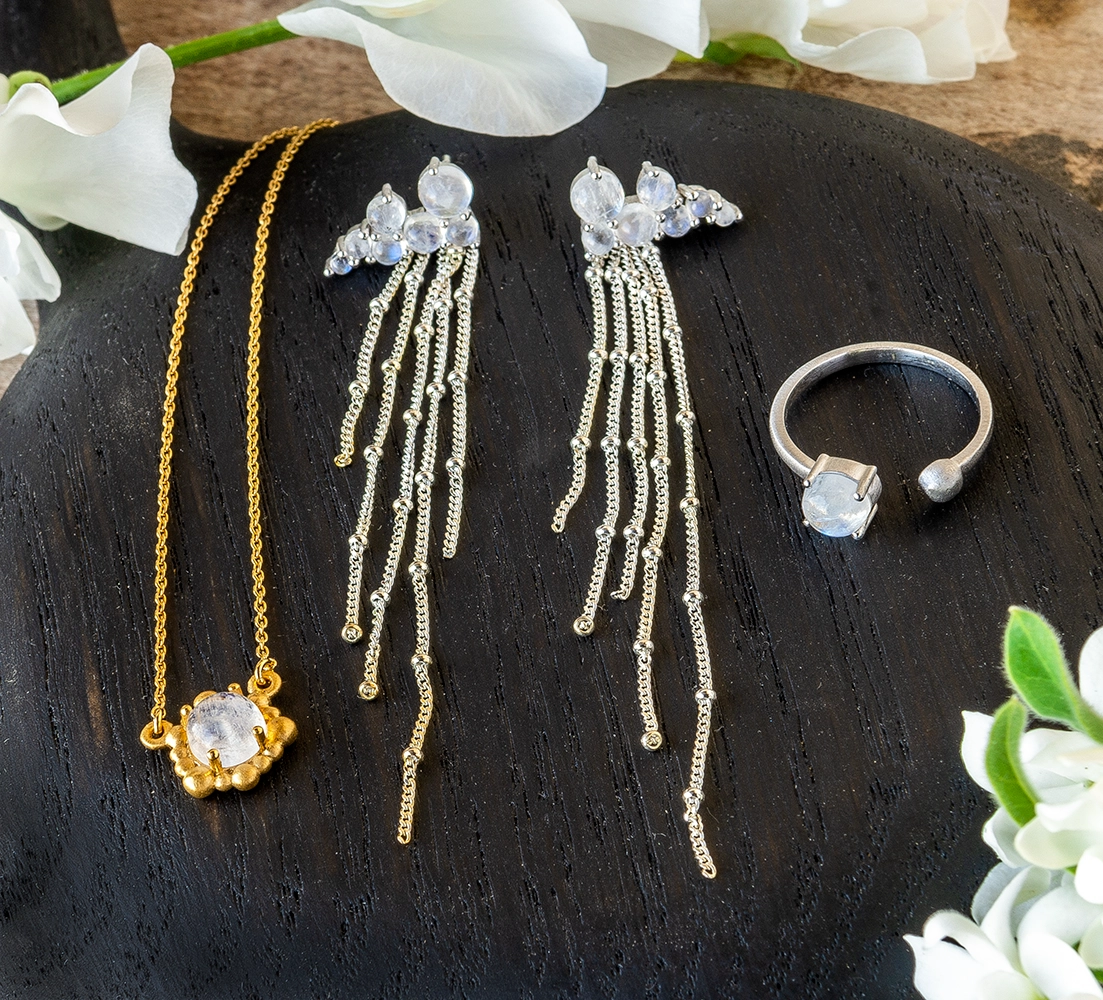Essential Gear for Professional Product Photographers

Product photography is a specialized field that requires precision, creativity, and technical expertise. The right gear can make a significant difference in the quality of your images and your efficiency as a photographer. Whether you’re setting up a small home studio or working in a professional environment, having the essential tools is crucial. This article outlines the must-have gear for professional product photographer and explains how each piece contributes to creating stunning product images.
Impact of Quality Gear in Product Photography
The quality of your photographs can significantly impact how products are perceived by potential customers, influencing their purchasing decisions and the overall success of your clients’ businesses. As a professional, investing in the right equipment is crucial for delivering high-quality images that meet industry standards and client expectations.
1. Camera
DSLR or Mirrorless Camera
A high-quality DSLR or mirrorless camera is the cornerstone of any professional product photographer’s kit. These cameras offer superior image quality, interchangeable lenses, and full manual controls, which are essential for capturing detailed and accurate product photos. Key features to look for include:
- High Resolution: A camera with a high megapixel count (20 MP or more) is ideal for capturing fine details.
- Good Low Light Performance: A camera with good ISO performance helps when shooting in various lighting conditions.
- Manual Controls: Full control over aperture, shutter speed, and ISO is crucial for precise exposure.
2. Lenses
Macro Lens
A macro lens is essential for capturing close-up shots of small products, revealing intricate details that standard lenses cannot. A focal length between 60mm and 105mm is ideal for most product photography needs.
Standard Zoom Lens
A versatile standard zoom lens (e.g., 24-70mm) is useful for shooting a variety of products, offering flexibility in framing and composition. This lens is particularly beneficial for lifestyle product shots and larger items.
3. Tripod
A sturdy tripod is crucial for achieving sharp, consistent images, especially when shooting with long exposures or in low light conditions. Look for a tripod with:
- Adjustable Height and Angles: Flexibility to position your camera at different heights and angles.
- Stability: A solid build that can support the weight of your camera and lens without wobbling.
- Quick-Release Plate: For easy attachment and detachment of the camera.
4. Lighting
Studio Strobes or Continuous Lights
Proper lighting is vital for a product photographer. Studio strobes and continuous lights are two popular options:
- Studio Strobes: Provide powerful, adjustable light sources that can be synchronized with your camera for precise control.
- Continuous Lights: Ideal for beginners, as they allow you to see how the light interacts with the product in real-time.
Light Modifiers
Light modifiers help control and shape the light, reducing harsh shadows and creating a more pleasing appearance. Essential light modifiers include:
- Softboxes: Diffuse light to create soft, even illumination.
- Umbrellas: Provide broad, diffused light that can be adjusted by changing the umbrella’s position.
- Reflectors: Bounce light back onto the product to fill in shadows and enhance details.
5. Backgrounds and Surfaces
A variety of backgrounds and surfaces is essential for creating different looks and styles in your product photos. Common options include:
- Seamless Paper: Available in various colors, seamless paper provides a smooth, uniform background that’s easy to work with.
- Vinyl Backdrops: Durable and easy to clean, ideal for food and beverage photography.
- Wood and Textured Surfaces: Add a natural, rustic feel to product images, great for lifestyle and handmade products.
6. Tethering Tools
Tethering tools allow you to connect your camera to a computer or tablet, enabling you to see images in real-time as you shoot. This setup is invaluable for ensuring focus, exposure, and composition are perfect before moving on to the next shot. Key tethering tools include:
- Tethering Cable: Connects your camera to your computer or tablet.
- Tethering Software: Such as Adobe Lightroom or Capture One, which provides advanced tools for reviewing and adjusting images on the fly.
7. Editing Software
Post-processing is a critical part of product photography. Professional editing software allows you to enhance images, correct colors, and remove imperfections. Popular choices include:
- Adobe Photoshop: Offers advanced editing capabilities, including retouching, layering, and compositing.
- Adobe Lightroom: Excellent for batch processing and basic adjustments like exposure, contrast, and color correction.
- Capture One: Known for its high-quality RAW processing and tethering features, favored by many professional photographers.
8. Accessories
Remote Shutter Release
A remote shutter release allows you to take photos without touching the camera, minimizing the risk of camera shake and ensuring sharp images. Wireless options provide greater flexibility in positioning.
Color Checker
A color checker helps ensure accurate color representation in your photos, which is crucial for product photography where color accuracy can impact customer perceptions and satisfaction.
Cleaning Kit
Keeping your equipment clean is essential for maintaining image quality. A cleaning kit typically includes lens cleaning solution, microfiber cloths, and a blower for removing dust from camera sensors and lenses.
Choosing Right Gear
Buying the right gear is essential for any professional product photographer. Each piece of equipment plays a vital role in creating high-quality, compelling product images that can drive sales and enhance a brand’s image. By equipping yourself with a reliable camera, versatile lenses, sturdy tripod, effective lighting, and the right accessories, you can ensure that your product photography stands out in a competitive market. With the right tools and a keen eye for detail, you can capture stunning images that showcase products in the best possible light.









